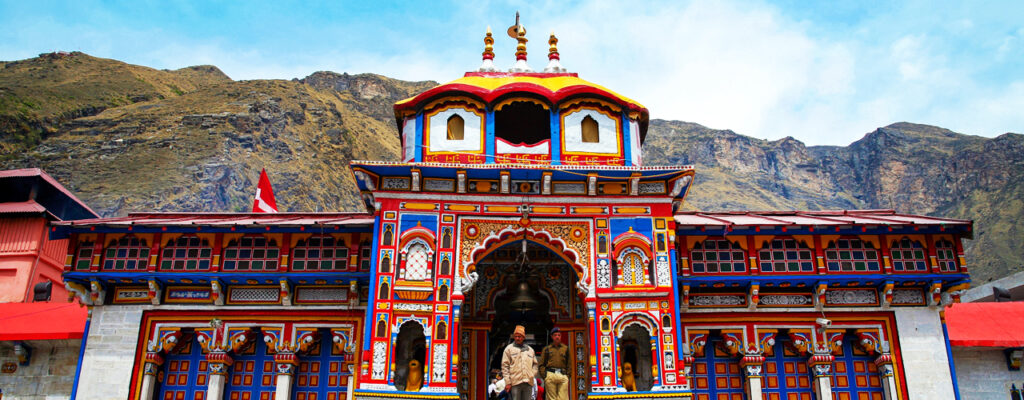Badrinath: A Pilgrimage to India’s Most Sacred Hindu Site
Badrinath is one of the most sacred Hindu pilgrimage sites in India. It is located in the Garhwal region of Uttarakhand, in the Chamoli district, at an altitude of 10,248 feet above sea level. It is one of the four Dhams (Divine Sites) of the Chardham Yatra (Pilgrimage Tour) and is nestled between the Nar and Narayana mountain ranges.
The History of Badrinath
Badrinath is believed to be one of the oldest pilgrimage sites in India and is mentioned in the ancient Vedic texts, such as Bhagavata Purana and Mahabharata. According to Hindu mythology, it was the site where Lord Vishnu (the Preserver) performed penance, and due to this, it earned the name ‘Badri’ (a kind of berry). According to the legend, Lord Vishnu’s consort, Goddess Lakshmi, transformed herself into a berry tree and provided shade to Lord Vishnu.
The temple of Badrinath was built by the Adi Shankaracharya in the 8th century AD. It is believed that he discovered the image of Lord Vishnu in the Alaknanda River. He then enshrined it in the temple and established the Badrinath temple.
What to See in Badrinath
The Badrinath temple is the main attraction for pilgrims. It is a stone structure with a pyramidal roof and is dedicated to Lord Vishnu. The main entrance has a large archway with sculpted images of gods and goddesses. The main shrine is located at the center of the temple and is adorned with a black stone statue of Lord Vishnu.
The temple complex also houses several other shrines, including the Narasimha Mandir, the Sheshnetra Mandir, and the Lakshmi Narayan Mandir. There is also a large statue of Lord Shiva, known as ‘Nilkantha’.
Other places to visit in Badrinath include the Mana village, the Vasudhara Falls, the Vyas Gufa, and the Bhim Pul. The Mana village is a small village located near the temple and is known for its ancient temples and ancient scripts. The Vasudhara Falls is a spectacular waterfall located near the temple and is a popular spot for pilgrims. The Vyas Gufa is a cave located in the Mana village and is believed to be the place where the sage Vyas meditated. The Bhim Pul is a large rock bridge located near the Mana village.
How to Reach Badrinath
The closest airport to Badrinath is the Dehradun airport, located at a distance of 300 km. The closest railhead is the Rishikesh railway station, located at a distance of 294 km.
The most convenient way to reach Badrinath is by road. There are regular buses from Delhi, Haridwar, and Rishikesh to Badrinath. The journey takes around 12 hours.
Accommodation in Badrinath
Badrinath is well-equipped with a range of accommodation options to suit all budgets. There are several hotels, guest houses, and ashrams in the town. Most of them provide basic amenities and are reasonably priced.
Best Time to Visit Badrinath
The best time to visit Badrinath is during the summer months, from April to June. The weather is pleasant and the temple is accessible. The monsoon season, from July to September, is prone to landslides, and the winter season, from October to March, experiences heavy snowfall, making it difficult to visit.
Pilgrims often embark on the Chardham Yatra, which includes visits to Badrinath, Kedarnath, Gangotri, and Yamunotri. The yatra usually begins in late April or early May and continues until October or November, depending on the weather conditions.
Conclusion
Badrinath, nestled in the breathtaking Himalayan landscape, holds immense religious significance for Hindus. The ancient temple, surrounded by majestic mountains and pristine natural beauty, attracts pilgrims and tourists alike. The journey to Badrinath is not only a physical pilgrimage but also a spiritual one, offering a serene and divine experience. With its rich history, mythological importance, and scenic surroundings, Badrinath remains an iconic destination for those seeking a profound connection with their spiritual beliefs.

